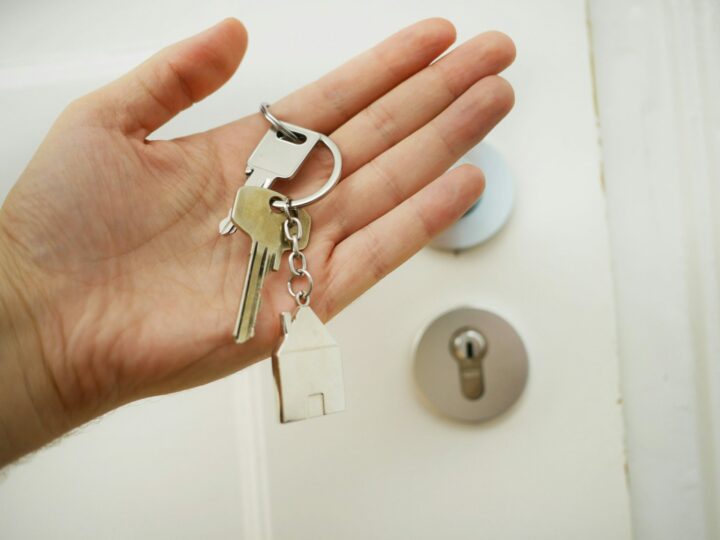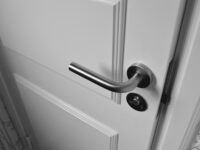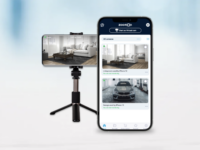The following contribution is from another author.
Technology is incredible, but it is still struggling with one thing: door locks. Despite the existence of ChatGPT and the iPhone, it is still possible for a thief with a paperclip to bust into your home.
With that said, things are changing. Designers are developing new concepts for the home that could alter the situation forever.
The Problem
The problem right now is lock design. It doesn’t matter how intricate manufacturers make them, a person with sufficient skill can usually break them.
It doesn’t take much, either. While a toothpick probably isn’t sufficient, a bendable wire with features is often all you need.
The fact that this is true should have most people scared. It means with sufficient effort, practically anyone can break into your home while you sleep, take your possessions, and perhaps worse.
Locksmiths are famous for saying things like “there are no unpickable locks.” Many actually rely on lockpicking for their work, charging money to people locked out of their cars and homes.
The problem is so bad some vehicles now eliminate external locks entirely. No matter how complicated they make them, they’re never quite enough.
Historically, lock picking was simple. Once people figured out how locking mechanisms worked, a cottage industry grew up around unlocking secure doors and gaining access to property.
Manufacturers responded by making their designs better. However, lock pickers also changed their game, focusing on new techniques to enable them to open more doors. This cat-and-mouse dynamic continues to the present.
The Solution
Fortunately, there are some potential solutions in the works that would do away with old-fashioned lock-picking for good. These approaches think outside the box to reduce risk and make people feel more secure.
One option is to remove the lock entirely – as discussed above. Getting rid of it completely and activating it via another mechanism makes lock-picking null and void.
Another approach is to use multiple pins, something you see on European doors. Instead of relying on a single pin to allow the barrel to rotate, multiple pins have to lift out of the way.
Some locks also have anti-picking features. These prevent manipulations that could open the door. For example, most locks have anti-forcing mechanisms. These stop lock-pickers forcing pins out of the way, allowing the barrel to turn.
Another tactic is to place plates on the divide that make drilling impossible. These stop lock pickers from physically damaging the lock to the point it can no longer hold the door in the frame.
Keycards are also a possible replacement (though less popular at home). These let owners swipe in using radiofrequency to tell the door to open. These systems can be secure, but there’s also a higher risk of things going wrong.
Wrapping Up
So is an unpickable lock possible? The consensus answer to this question appears to be a resounding “no.” While the technology is improving, a person with sufficient skill can still do it.
The best alternative is to eliminate locks and rely on superior door-fastening technology.
















